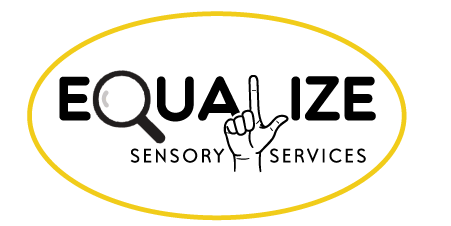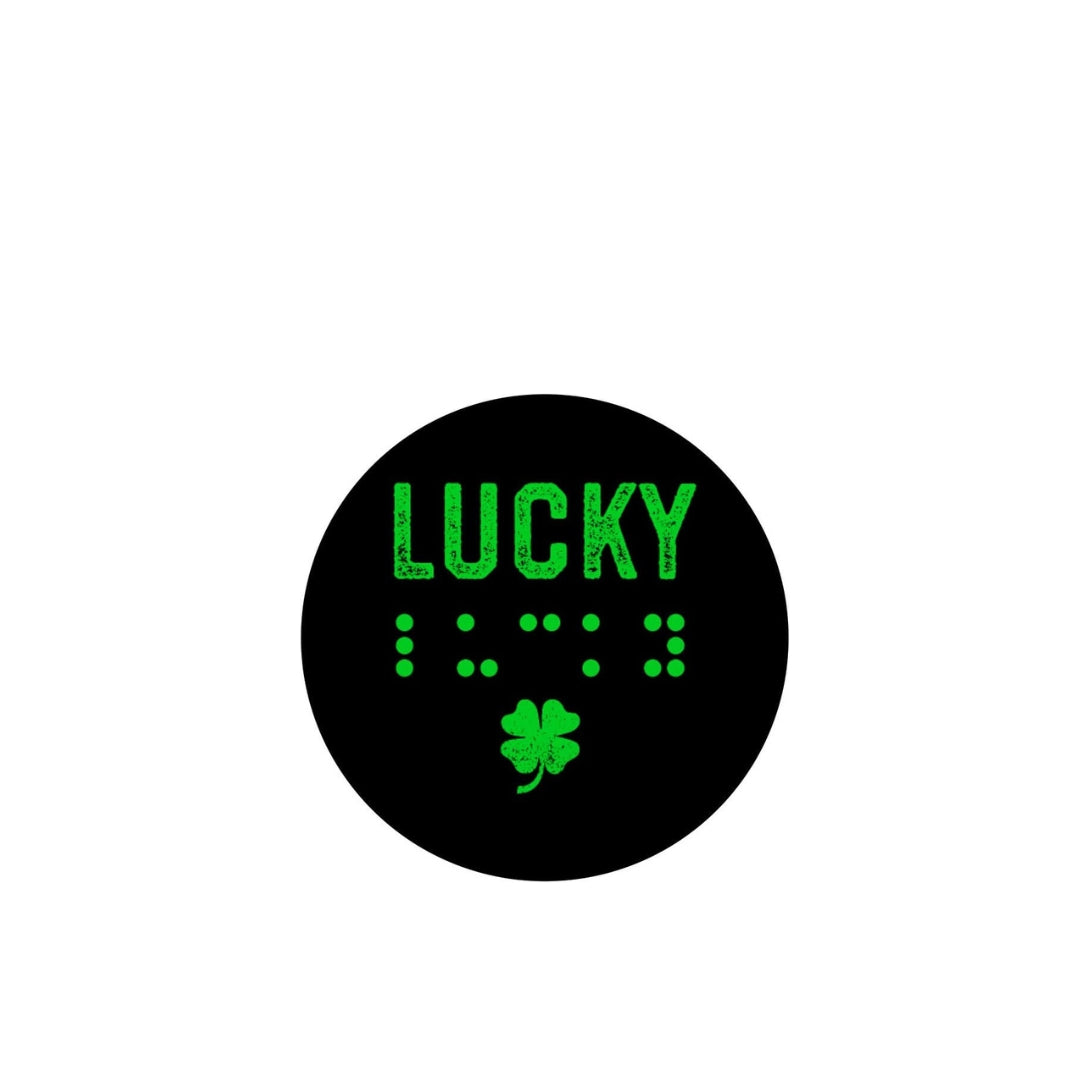Equalize
Eye to Eye Newsletter
3/13/2025
Research Review:
An Evidence-Based Approach to Augmentative and Alternative Communication Design for Individuals with Cortical Visual Impairment
Wilkinson KM, Elko LR, Elko E, McCarty TV, Sowers DJ, Blackstone S, Roman-Lantzy C. An Evidence-Based Approach to Augmentative and Alternative Communication Design for Individuals With Cortical Visual Impairment. Am J Speech Lang Pathol. 2023 Sep 11;32(5):1939-1960. doi: 10.1044/2023_AJSLP-22-00397. Epub 2023 Aug 18. PMID: 37594735. https://pubs.asha.org/doi/10.1044/2023_AJSLP-22-00397
Raise your hands. How many of you have politely tried to convince a Speech Therapist that using 8 rows containing 8 AAC abstract symbols each, in muted colors, is going to result in frustration and resistance by your student, who has Cortical Visual Impairment (CVI)?
And I see the hands going up. Not only is it frustrating for your student, but it is equally frustrating for you.
Here is an article you can give to your SLP friends to help build that relationship with them, because these folks can be your best bud where your students are concerned. A group of scholars with the Pediatric Cortical Visual Impairment Society (PCVIS) have produced a piece of valuable research that asks the question, “How can augmentative and alternative communication (AAC) systems be designed to meet the specific visual and communicative needs of individuals with cortical visual impairment (CVI)?”
Typically, AAC designs are visually dense and cluttered and are overwhelming to students with CVI.
This study looks at how AAC devices can be individually tailored for the unique needs of students with CVI. The researchers employed a mixed-methods approach by using literature review, insight from clinicians, and a case study of a young 20 year old woman with CVI named Emma. Observations of Emma’s motor and vision challenges, social interactions, assessment of her visual processing, and continual adaptations to the device and process resulted in a practical and evidenced based design of AAC for students with CVI.
The authors emphasized the need to customize the design of the AAC and to make it visually accessible. The display utilizes reduced visual complexity. For example, Emma’s system had only two symbols at first. As her ability to tolerate more visual complexity improved, more symbols were added so that she had 5 symbols on her initial screen. However, each symbol was linked to another screen with more symbols, so that she could access additional vocabulary.
Motion based navigation was also put into place. Having Emma swipe to get to the other pages was discovered to be a motivator. This allowed for the removal of the traditional navigation buttons, thus simplifying her screen even more. This simplified system allowed Emma to locate, find symbols, and communicate even in environments with increased sensory complexity.
Color and familiar images only added to the user friendliness of Emma’s device. A dark background was used with brightly colored images that helped to focus Emma’s attention. The familiar personalized content and pictures assisted with comprehension.
The authors of this study encourage educators, clinicians, researchers, and families to collaborate and use individualized assessments that will garner specific adaptations, customized design, and navigation for individuals with CVI and their changing needs. With this approach, AAC systems can be assured to not only meet the needs for communication, but they will also empower those with CVI to become more independent and achieve social inclusion.

Night to Shine 2025
By Dawn Harris
Night to Shine is an incredible prom night
experience for persons, 14 years and older, with special needs. This event is funded by the Tim Tebow Foundation. 2025 makes 11 years that this event has been put on. It takes place in all 50 states, in 56 countries, and on 6 continents. In 2024 over 720 churches hosted the event with over 150,000 volunteers and over 80,000 honored guests. It takes place the Friday before Valentine’s Day. My students were able to attend at Temple Baptist Church in Fayetteville, NC. There were several churches across North Carolina that hosted this complimentary event.
Activities include a red-carpet entrance complete
with a crowd and paparazzi, hair and makeup stations, shoeshines, limousine rides, karaoke, a catered dinner, dancing, and a crowning, ceremony. Every guest is crowned prom King and Queen. Each location also has areas set up as Sensory Rooms. Respite areas are created to pamper caregivers. A full medical team is also on site.
Volunteers serve as guest buddy’s (prom dates). They serve as paparazzi, dance floor hyper persons, and/or servers. Volunteers assist guests with whatever they need to make sure they have the best night of their lives.
My student DJ enjoyed himself. He danced the night away. He had the perfect Buddy. They both had a great night. For more pictures from the Fayetteville event, you can search Temple Baptist Church Night to Shine Event on Facebook. Follow the Tim Tebow foundation for information about eh 2026 Night to Shine Event. Students have to register a few months in advance.




GO TO ALL THE CONFERENCES!

Here are a few conferences and events coming up.
Usher Syndrome Webinar Series
Offered by the North Carolina DeafBlind Project
Part 1: Understanding Usher Syndrome
Date: March 18, 2025
Time: 1:30-2:30pm
Description of Webinar: What is Usher Syndrome? Population Estimates, Types of Usher Syndrome, and Q&A.
Registration is now closed. Contact Virginia Madorin for more information. virginia.madorin@dpi.nc.gov
Part 2: Educational Considerations for Students with Usher Syndrome
Date: March 25, 2025
Time: 1:30-2:30pm
Description of Webinar: Working with Students with Usher Syndrome, Ask the Experts, Connecting with Resources, and Q&A.
NCCVIB
We’re thrilled to welcome you back to the historic Governor Morehead School for the Blind for another exciting North Carolina Conference for Visual Impairment Professionals (NCCVIB) on June 4-5, 2025, in Raleigh, NC!
Call for Presenters
We invite dynamic and experienced professionals to submit presentation proposals in one of our key conference strands:
Orientation & Mobility
K-12 Education
Vocational Rehabilitation
Assistive Technology
Accepted presenters will receive *free admission* to the conference! Submit your proposal electronically by Monday, March 21, 2025. Selected presenters will be notified by March 31, 2025.
_________________________________
The Braille Challenge Team is offering a writing workshops for high school braille readers, 10th-12th grade on Saturdays from 10am to 12pm PDT via Zoom
starting March 16 – April 26, 2025. Students need to register by March 5, 2025 for this virtual eight-week program, if interested? Just fill out this survey to hold your spot. Space is limited, for more information reach out to Dr. A (Amy Shimshon-Santo) at ashimshon-santo_c@brailleinstitute.org
BRAVO
We have two big days scheduled with Waypoint Adventure this Spring - a tandem biking day and an outdoor climbing adventure. Space is limited on both. Save your spot for one or both of these adventures by emailing jay@blueridgebravo.org (preferred) or texting or calling 828-335-1136.
Creating a Safe Space for Learning Technology: Cultivating a Growth Mindset
That darn Jupiter! It’s on the fritz again! Technology glitches can be extremely frustrating, not just for us, but especially for our students. How does our own attitude about technology issues affect our students? Does it make them dread using the device? Do they begin to voice that they don’t want to use any AT? What if you could turn that around into a learning opportunity? Read this article for some helpful ideas on having a better mindset about technology.


